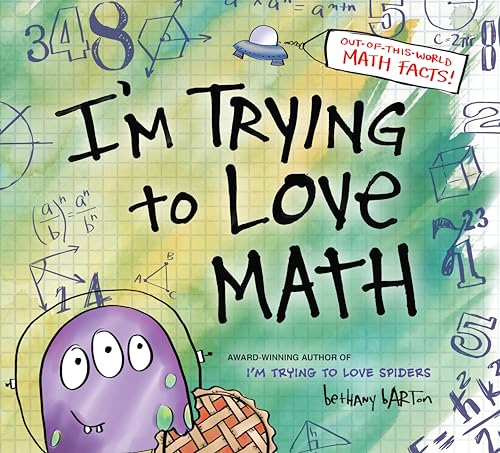Updated Procedure for Including Cognates in Close Reading
 |
| Courtesy of Stoneybrook University |
Introduction: Introduce title and author (if available) of passage. Discuss what you know about the topic, including identifying it as narration, description, argument, poetry, play, subject area and so on. Relate topic to prior reading and set purpose for reading new selection. 1. Teacher reads selection aloud while students follow along (engagement). A list of websites with reading selections is included at the end of this lesson plan.
2. Teacher elicits from students what they think is the first characteristic (length, difficulty, tone, genre, purpose) they note about the passage. Write the words on the white board or note pad under document camera. (I do; we do; you do method)
3. Have students indicate the words they aren't familiar with (circle, highlight, etc...) Look up word in online or table dictionary and discuss with students, associating it with a concept of the unknown word. (I do; we do; you do method)
If selection is from textbook, go over visuals, headings subheadings, words in bold print/italics and so on). Let students know that this is called the selective attention learning strategy.
For ELLs, type the names of each word into Google Images, showing students the best representation of the word.
Additionally, have ELs read through the selection to find Spanish/English cognates for them to become aware of the similarities between their own language and English and to recognize that word meanings are similar in English to those in their own language (Spanish). 4. Share out (Think/pair share) vocabulary words/explain in your own words. Discuss punctuation/capitalization in the passage. (I do; we do; you do method). For more prereading activities, see http://web.cn.edu/kwheeler/reading_lit.html 5. Students reread the selection silently.
6. Ask critical thinking questions from Bloom's taxonomy at http://www.meade.k12.sd.us/PASS/Pass%20Adobe%20Files/March%202007/BloomsTaxonomyQuestionStems.pdf Refer back to the text when appropriate.





